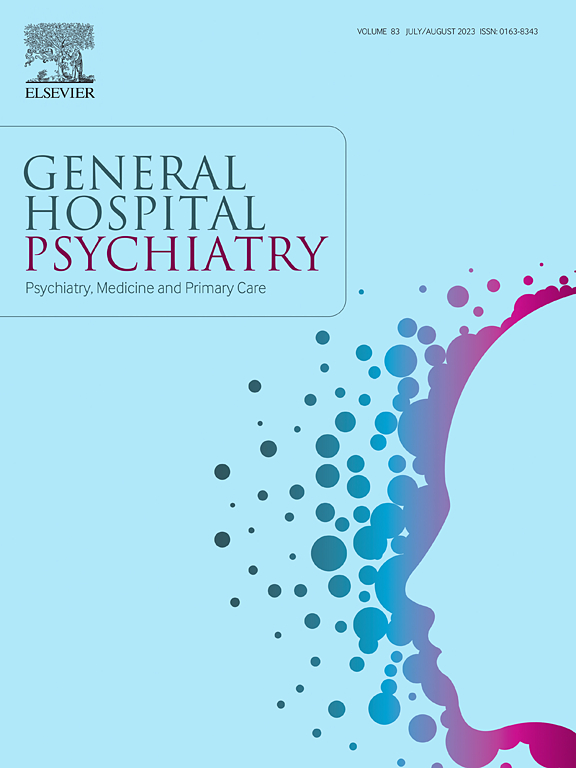Ethnic disparities in rapid tranquillisation use and explanations in adult mental health emergency settings?
IF 3.7
2区 医学
Q1 PSYCHIATRY
引用次数: 0
Abstract
Objective
Ethnicity is a frequently reported risk factor for rapid tranquillisation (RT) use in mental health. We aimed to investigate the association between ethnicity and RT use in adult mental health emergency settings and explore potential explanations for the relationship between ethnicity and RT use in these settings.
Methods
Studies were included if they reported the association between ethnicity and RT use in adult mental health emergency settings. Searches were conducted across six databases and in grey sources and references until 15 April 2024. A narrative synthesis was performed and, in addition, a random-effects model was used for meta-analysis, with odds ratio as the measure. GRADE was applied to evaluate the overall certainty of evidence. Potential explanations for RT use in relation to ethnicity were also synthesised narratively.
Results
Five studies from Norway (n = 1), Spain (n = 1) and the United States (n = 3) were included (14,777 individuals). Multiple classifications of ethnicity were used, with White, non-Hispanic and native-born serving as the ethnic majority group compared to ethnic minority counterparts. Overall, ethnic minorities in adult mental health emergency settings were non-statistically more likely to receive RT than ethnic majority populations. The overall certainty of evidence was deemed as low according to GRADE.
Conclusion
While RT use was not statistically significantly higher among ethnic minorities overall, Black individuals, as a specific ethnic group, had significantly increased odds of experiencing RT compared to ethnic majority populations. Additional research is necessary to confirm these findings and better understand the reasons behind these disparities through valid explanations.
在成人精神卫生紧急情况下快速使用镇静剂的种族差异及其解释?
目的种族是在精神卫生中使用快速镇静剂(RT)的一个经常被报道的危险因素。我们的目的是调查成人心理健康紧急情况下种族与RT使用之间的关系,并探讨这些情况下种族与RT使用之间关系的潜在解释。方法纳入报告种族与成人心理健康紧急情况下RT使用之间关系的研究。在2024年4月15日之前,在六个数据库和灰色来源和参考文献中进行了搜索。进行叙事综合,并采用随机效应模型进行meta分析,以优势比为衡量标准。GRADE用于评价证据的总体确定性。对RT使用与种族相关的潜在解释也进行了综合叙述。结果纳入挪威(n = 1)、西班牙(n = 1)和美国(n = 3)的5项研究(14777人)。使用了多种种族分类,与少数民族相比,白人、非西班牙裔和本土出生的人是多数民族。总体而言,在成人心理健康紧急情况下,少数民族比多数民族更有可能接受RT治疗。根据GRADE,证据的总体确定性被认为是低的。结论:虽然少数族裔总体上的放疗使用没有统计学意义上的显著性提高,但黑人个体作为一个特定的种族群体,与多数族裔相比,经历放疗的几率显著增加。需要进一步的研究来证实这些发现,并通过有效的解释更好地了解这些差异背后的原因。
本文章由计算机程序翻译,如有差异,请以英文原文为准。
求助全文
约1分钟内获得全文
求助全文
来源期刊

General hospital psychiatry
医学-精神病学
CiteScore
9.60
自引率
2.90%
发文量
125
审稿时长
20 days
期刊介绍:
General Hospital Psychiatry explores the many linkages among psychiatry, medicine, and primary care. In emphasizing a biopsychosocial approach to illness and health, the journal provides a forum for professionals with clinical, academic, and research interests in psychiatry''s role in the mainstream of medicine.
 求助内容:
求助内容: 应助结果提醒方式:
应助结果提醒方式:


